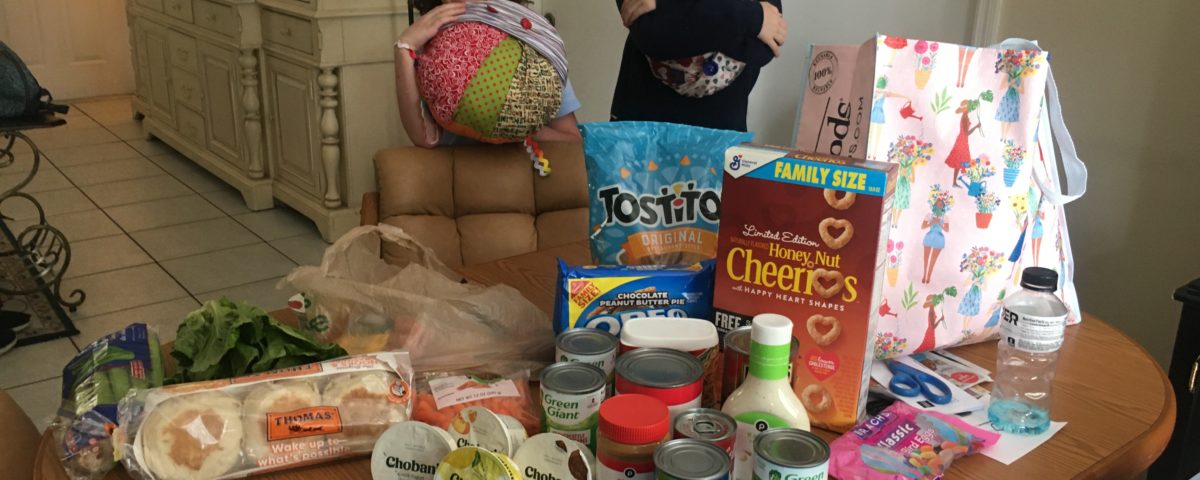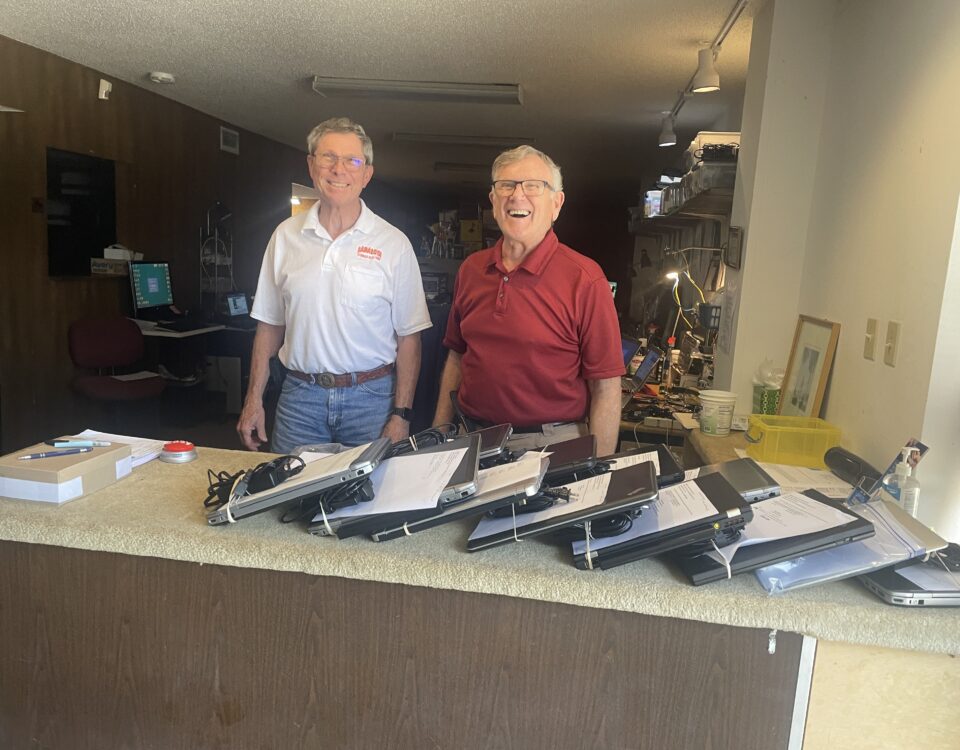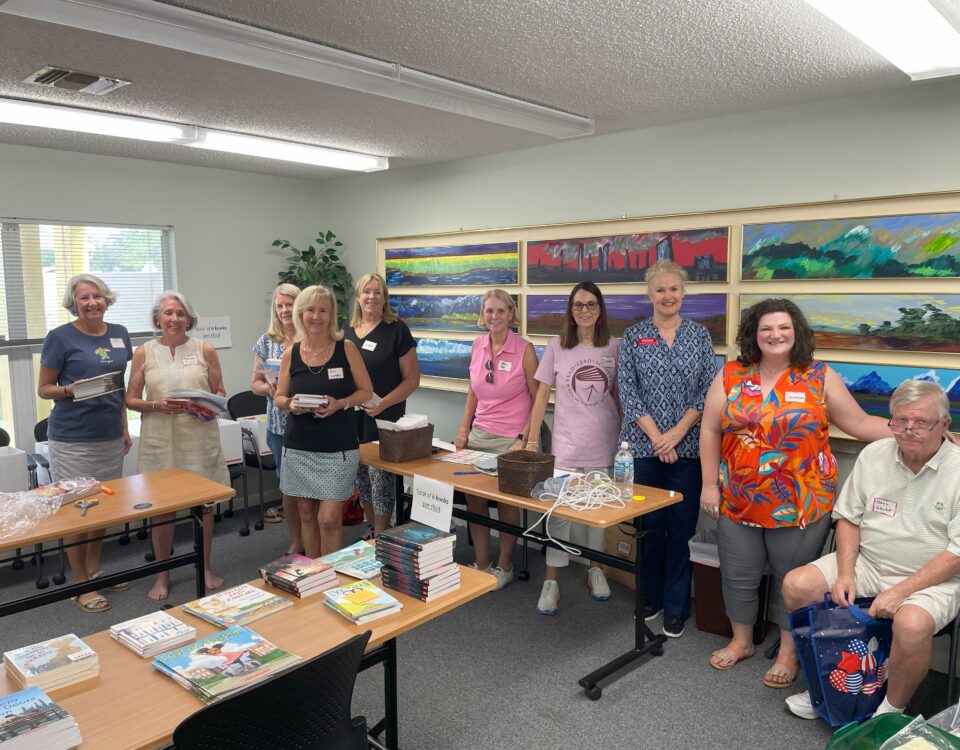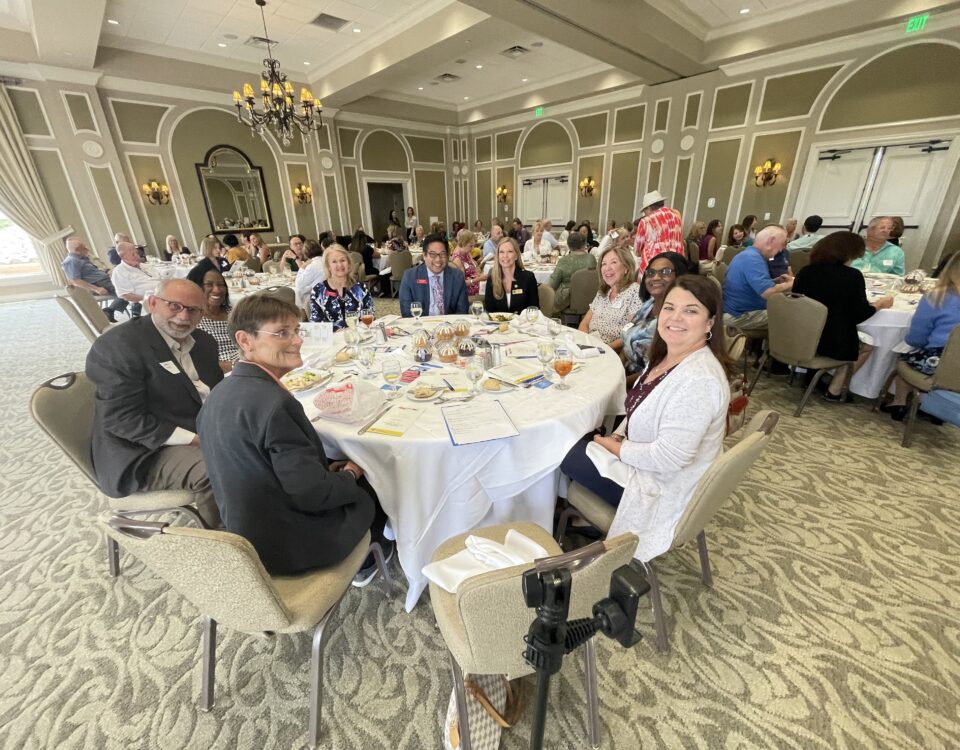Relative and non-relative caregivers receive a little extra help
When children are sheltered from their parents for their protection, the state looks to place them with a relative or community member. This type of placement is not counted as a traditional foster home, although the child is dealing with the same challenges as a child placed in a foster or group home. There are obvious advantages to being sheltered in this type of placement and some significant challenges.
Non-licensed caregivers receive less financial assistance from the state. Most are older adults on fixed incomes who are forced to drastically change their lives in order to care for the children. They are not set up to shelter displaced children on such short notice and need a lot of help right away with essentials like beds, bedding, and clothing for the children, as well as ongoing support like camp, after-school programs, and childhood normalcy.
On April 12th, we were able to provide one of these “childhood normalcy” opportunities to 85 children placed in 41 relative and non-relative homes. The feedback we got from the caregivers and the children was overwhelmingly positive but also heartbreaking. One of the sibling groups did not know what an Easter egg was. Another child took great pride in being able to recreate the taco salad recipe that came pre-packed with all the necessary ingredients. One household was pleased to discover the recipe for green bean casserole and said they would be making it again soon.
Here is a short video about the project. Watch to the very end to see the children:






